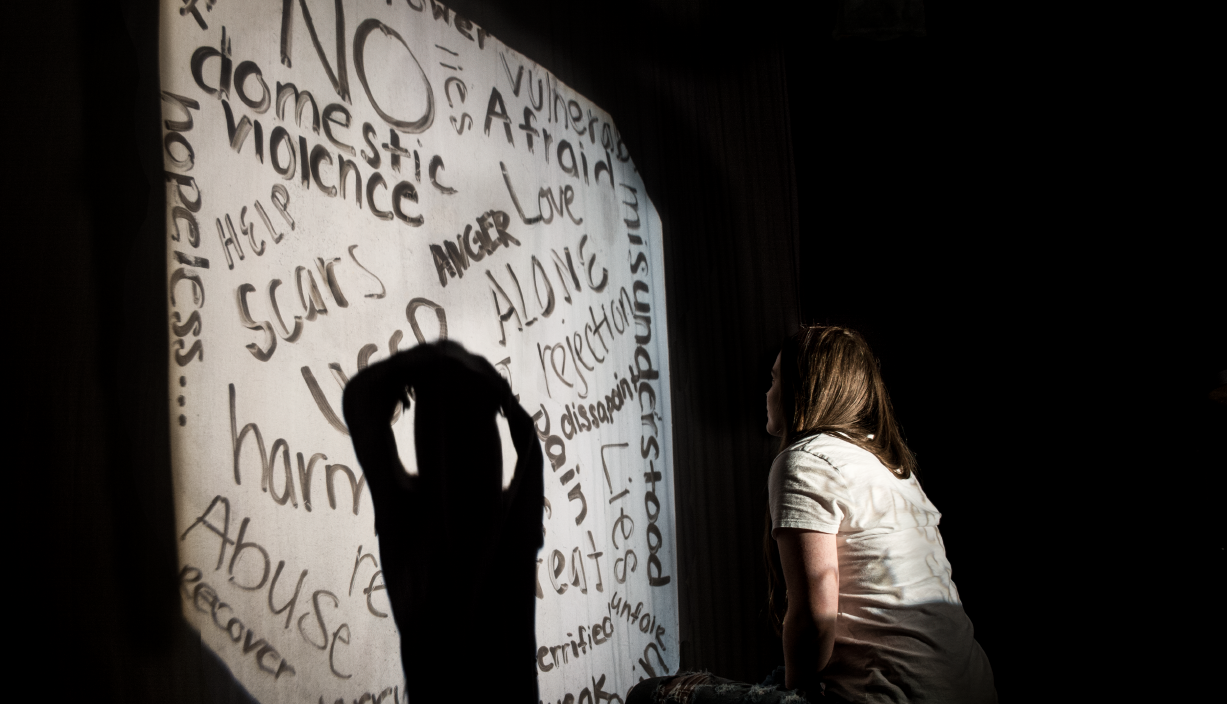
Domestic violence affects the lives of millions of Americans each year. Domestic violence does not discriminate according to age, race, gender, sexual orientation, socioeconomic state, etc. Anyone at anytime can fall a victim to domestic violence.
Once the shift from significant other to victim takes place, what do you do? Who do you turn to? Is it even possible to trust anyone again? These sorts of thoughts may run through a victim’s head at any given moment.
While victims question where it is safe to go, those not involved in the abuse have the question of why not just leave? This question is simply answered with Ellen Pence’s power and control wheel. In a nutshell, the wheel focuses on forms of violence done by the abuser. This can include physical or emotional violence, the use of threats, intimidation, male privilege (if applicable) and use of economic power. The abuser will also isolate the victim from family and friends. Although these forms of abuse are ensuing, there will be times without any abuse. Each cycle of abuse if followed by a period of happiness. The victim assumes each period of happiness will continue, but inevitably it end.
What makes domestic abuse even more complicated is that no relationship looks alike. “It’s a slippery slope,” Dr. Colleen Lelli said. “You need to be careful looking at these types of relationships.” Lelli is an education professor who also teaches ECG courses on domestic violence at Cabrini College.
According to the Center for Disease Control and Prevention, about 20 people per minute are the victim of domestic violence. This adds up to around 10 million victims a year. As mentioned, domestic violence does not discriminate. “It’s a fallacy,” Lelli said. “It’s a myth [domestic violence] will happen to one nationality or ethnic group. It happens across the board.”
Gender is also another non-discriminatory factor when it comes to domestic abuse. According to World Health Organization, 35 percent of women worldwide has been a victim of physical or sexual violence in her lifetime. The numbers, unfortunately, are not as accessible for how many men are victims of domestic violence. This is because men typically do not report any form of domestic violence whether that be verbal, sexual or physical. Lelli assumes this has something to do with the fear of not being taken seriously.
Regardless of age, gender, race, socioeconomic background, etc., victims of domestic abuse may often feel alone and not sure where to turn. Luckily, there are many options once a victim feels safe enough to seek help.
Cabrini had a partnership with the Laurel House, which is located in Norristown, Pa. For several years, members from Laurel House have come to Cabrini to give presentations on domestic violence. This past year, Cassandra Iannetta, the community educator for the Laurel House, has been fairly involved with Cabrini. Iannetta has visited several times this year to give presentations on teen dating violence. She was also a part of the Domestic Violence Symposium earlier this year.
“My lesson includes defining teen dating abuse, identifying red flags, analyzing dating abuse situations and practicing how to help a friend or someone they know who may be experiencing dating abuse,” Iannetta said via email. “I am willing to adapt and change anything I need to meet the specific needs of any school.”
The Lauren House offers many services to residents of Montgomery County. “We have shelter services, counseling services, advocacy services, and education services,” Iannetta said. Through counseling service, victims can receive any form of counseling they may need. Member of the education service travels to schools in the area to speak about domestic violence. The advocacy service, who may sometimes be referred to as DART, the domestic violence response team, works very closely with victims to help in any way. This can include traveling with them to court, help filing for protection from abuse and help with rolling the legal process along.
“ [The] Laurel House is dedicated to the vision of ending domestic violence in each life, home and community,” Iannetta said. When a victim of domestic violence reaches out to the Laurel House, the first thing they do is an intake to assure the victim is safe and able to talk. This is extremely important. It is estimated that 38 percent of all worldwide murders of women are done in a domestic violence situation.
Once it is confirmed the victim is safe and able to talk, members of the Laurel House work closely with the victim. They will figure out what the best option service wise is. If the Laurel House is unable to help for whatever reason, members will refer the victim to other resources in the area that may be able to help further.
Regardless of the type of domestic abuse and how alone a victim may feel, never give up. “There is always help and always people who want to help,” Iannetta said. “ Don’t be afraid to reach out for help. No one deserves to be abused.”


